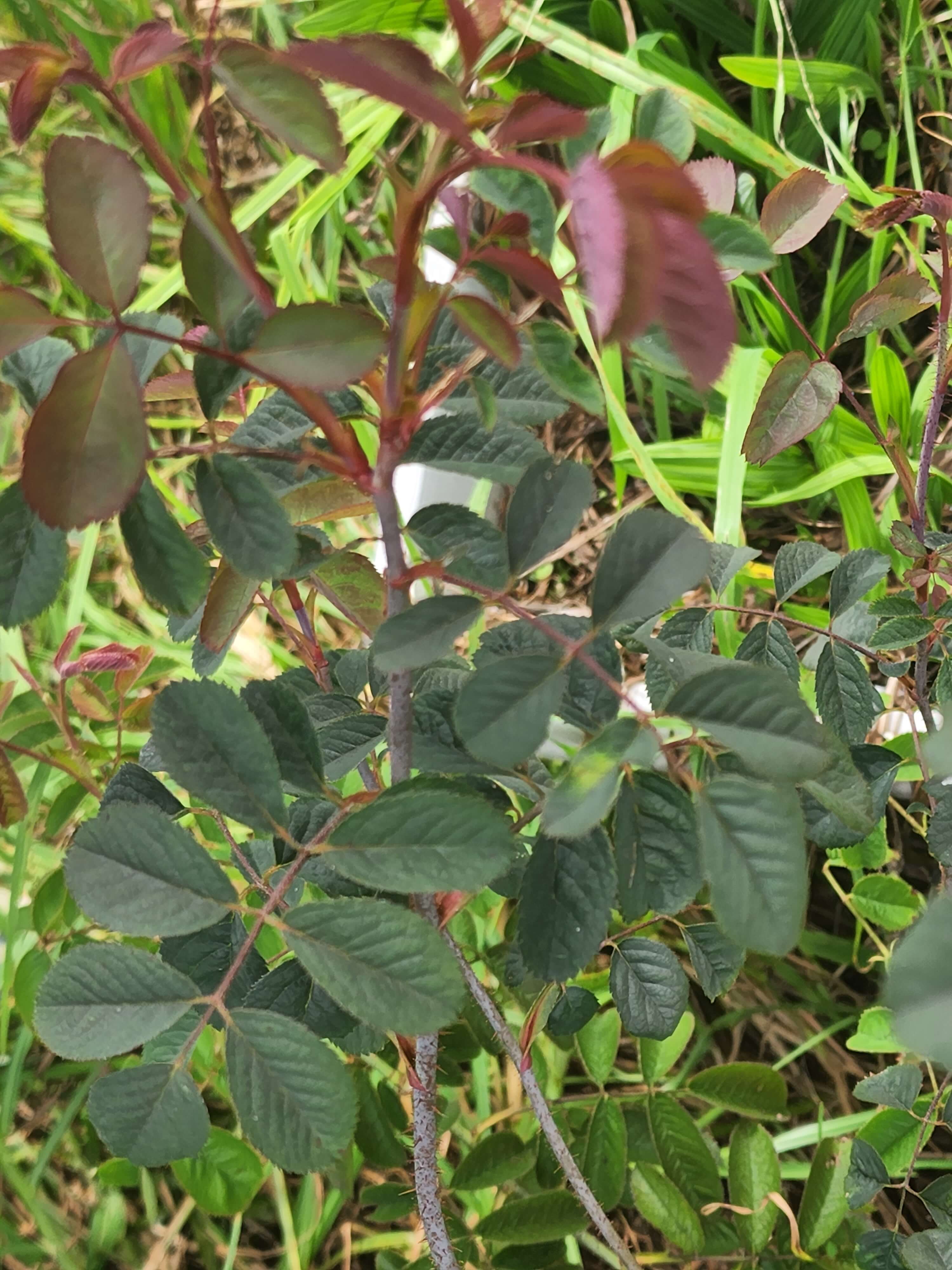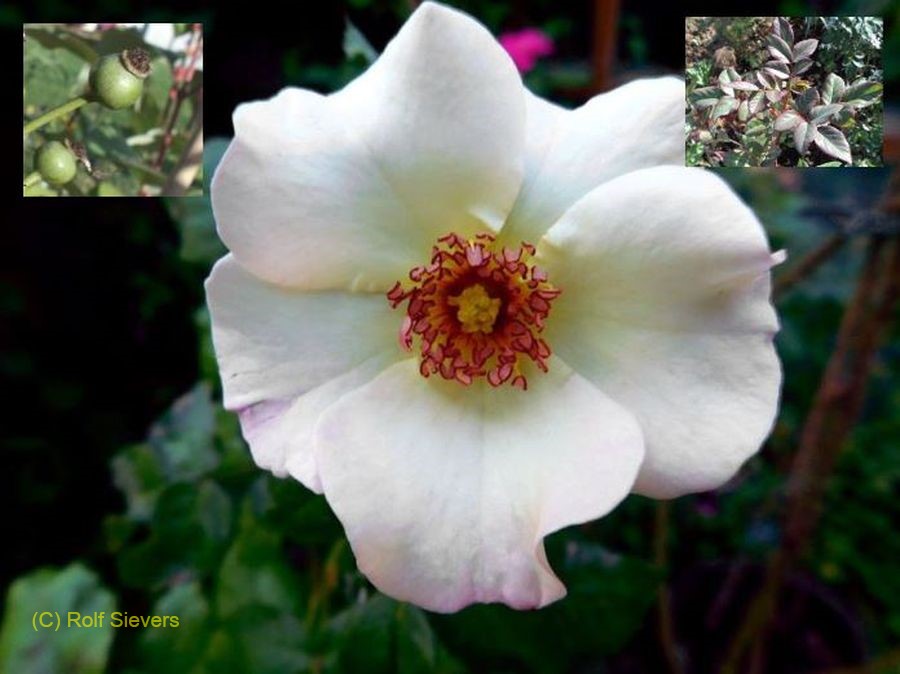Thanks for the details on your glauca hybrid and for your advice. If I get an interesting F1 plant, I will probably use it to pollinate a normal-meiosis tetraploid. Besides, I do not have the space to wait for blooms like this.
Hjörtur
Thanks for the details on your glauca hybrid and for your advice. If I get an interesting F1 plant, I will probably use it to pollinate a normal-meiosis tetraploid. Besides, I do not have the space to wait for blooms like this.
Hjörtur
No problem. Any time.
That is really the hard part about species work. It’s a lot of space and dedicated time to follow through. I had to cut myself off from species until I felt like I could do another. It’s a REAL commitment, and mostly a labor of love that may or may not succeed in some way. And, unlike with moderns, you have to wait for the few years turnover, which means something is taking up ground or pot space that could be used for moderns that you can quickly judge between cull, use for breeding only, or keep within 18 months.
‘Asta von Parpart’ is sometimes very glaucous, sometimes not so much. It blooms early and late (November) in San Jose.
http://bulbnrose.x10.mx/Roses/Rose_Pictures/A/astavonparpart.html
At least part of glauca foliage is able to pass from pollen
Not the clearest picture, but it’s Helga Brauer which is (Crested Moss x La Belle Sultane) with pollen from R Glauca (the rose foliage below it is from Alain Blanchard). Doesn’t quite get all the way but the mother plant isn’t that darker “blue” foliage, doesn’t have red in its foliage (or the purple canes)…is missing the greyish overlay.
All sign would probably disappear in the next gen (if fertile…no flowers yet) unless bred with a sibling/half sibling, just seems to dilute quickly like a lot of traits.

This is a repeat flowering seedling from Modern Floribunda x Rosa alba suaveolens as a pollen plant.
